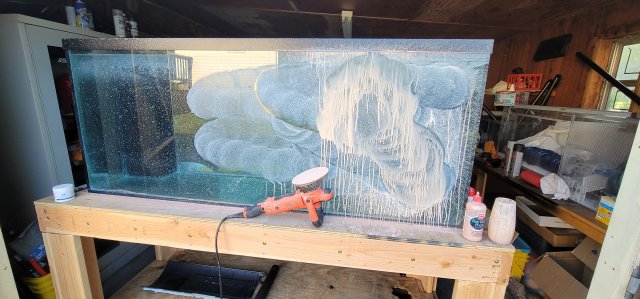I'm planning to polish my hazy aquarium glass with cerium oxide. Looked at the glass polishing kits on Amazon but most of them seem to come with wool pads which I've read can be too aggressive and would need to be followed by a softer material, like the cloth buffing wheel mentioned in this article: https://www.amazonasmagazine.com/2019/02/06/polish-hazy-aquarium-glass-with-cerium-oxide/
(I can buy the cloth buffing wheels at my local hardware store but I'm having a harder time finding the arbor for the drill. Hence why I'm drawn to getting a kit.)
Has anyone used wool polishing pads on glass? Did you have to follow up with a softer material to achieve a final polish?
Any links to particular products would be extremely useful as well. Thanks in advance!
(Please don't tell me it might be more cost efficient to buy another tank instead of repairing this one! That's not the point.)
(I can buy the cloth buffing wheels at my local hardware store but I'm having a harder time finding the arbor for the drill. Hence why I'm drawn to getting a kit.)
Has anyone used wool polishing pads on glass? Did you have to follow up with a softer material to achieve a final polish?
Any links to particular products would be extremely useful as well. Thanks in advance!
(Please don't tell me it might be more cost efficient to buy another tank instead of repairing this one! That's not the point.)





